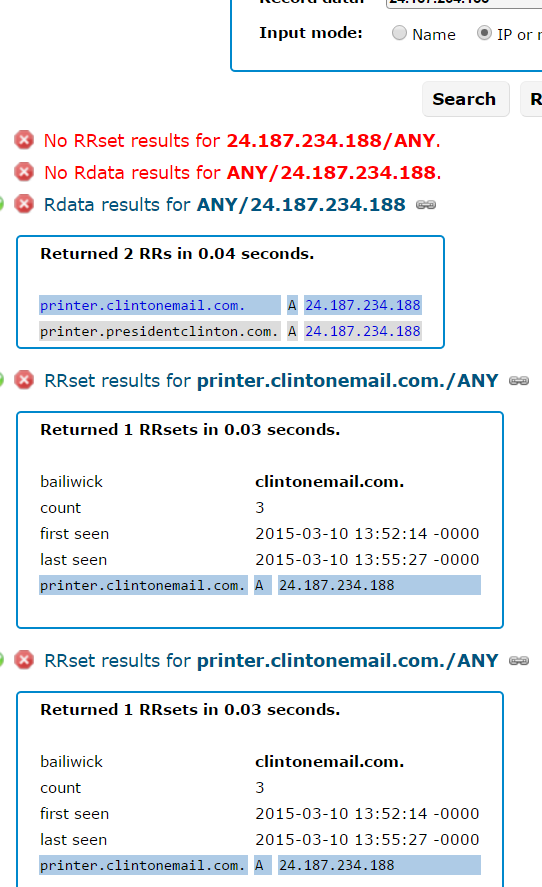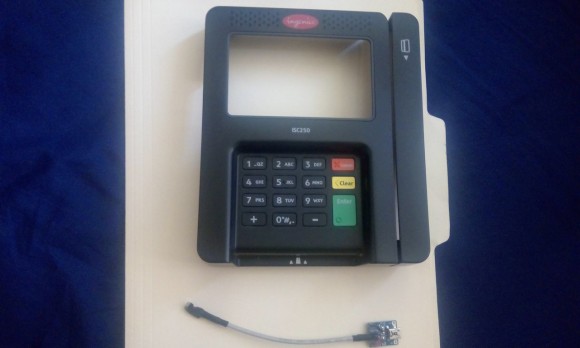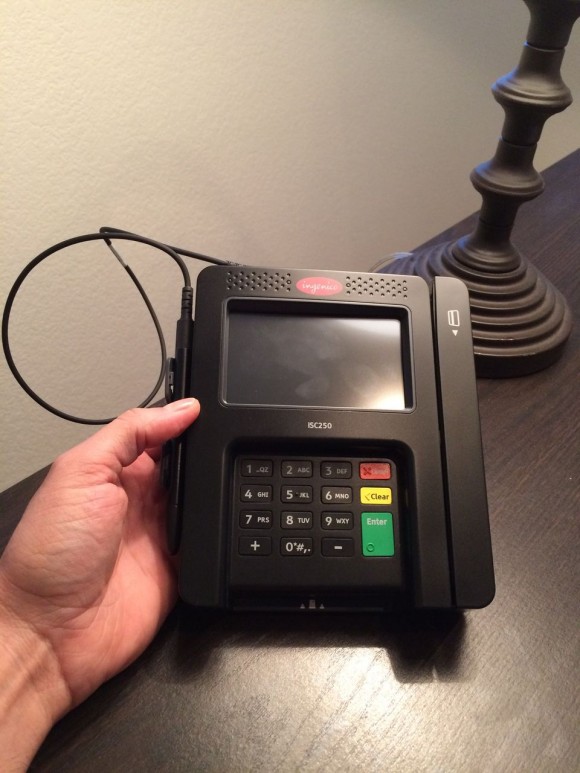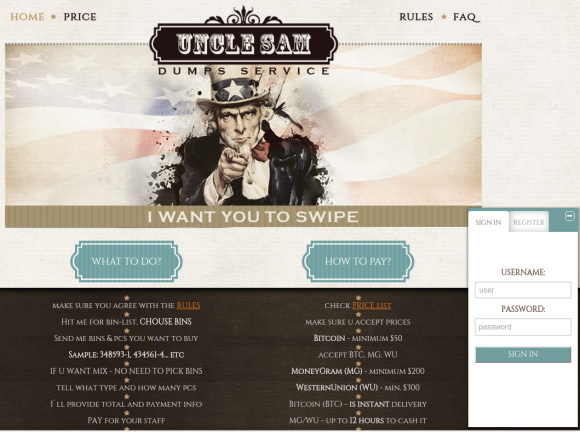On March 14, 2013 our humble home in Annandale, Va. was “swatted” — that is to say, surrounded by a heavily-armed police force that was responding to fraudulent reports of a hostage situation at our residence. Later this month the government will sentence 21-year-old hacker named Mir Islam for that stunt and for leading a criminal conspiracy allegedly engaged in a pattern of swatting, identity theft and wire fraud.

Mir Islam
Mir Islam briefly rose to Internet infamy as one of the core members of UGNazi, an online mischief-making group that claimed credit for hacking and attacking a number of high-profile Web sites.
On June 25, 2012, Islam and nearly two-dozen others were caught up in an FBI dragnet dubbed Operation Card Shop. The government accused Islam of being a founding member of carders[dot]org — a credit card fraud forum — trafficking in stolen credit card information, and possessing information for more than 50,000 credit cards.
Most importantly for the government, however, Islam was active on CarderProfit, a carding forum created and run by FBI agents.
Islam ultimately pleaded guilty to aggravated identity theft and conspiracy to commit computer hacking, among other offenses tied to his activities on CarderProfit. In March 2016 a judge for the Southern District of New York sentenced (PDF) Islam to just one day in jail, a $500 fine, and three years of probation.
Not long after Islam’s plea in New York, I heard from the U.S. Justice Department. The DOJ told me that I was one of several swatting victims of Mir Islam, who was awaiting sentencing after pleading guilty of leading a cybercrime conspiracy. Although that case remains sealed — i.e. there are no documents available to the press or the public about the case — the government granted a waiver that allows the Justice Department to contact victims of the accused and to provide them with an opportunity to attend Islam’s sentencing hearing — and even to address the court.
Corbin Weiss, an assistant US attorney and a cybercrime coordinator with the Department of Justice, said Islam pleaded guilty to one count of conspiracy, and that the objects of that conspiracy were seven:
-identity theft;
-misuse of access devices;
-misuse of Social Security numbers;
-computer fraud;
-wire fraud;
-attempts to interfere with federal officials;
-interstate transmission of threats.
Weiss said my 2013 blog post about my swatting incident — The World Has No Room for Cowards — was part of the government’s “statement of offense” or argument before the court as to why a given suspect should be arrested and charged with a violation of law.
“Your swatting is definitely one of the incidents specifically brought to the attention of the court in this case,” Weiss said. “In part because we didn’t have that many swat victims who were able to describe to us the entire process of their victimization. Your particular swat doesn’t fit neatly within any of those charges, but it was part of the conspiracy to engage in swats and some of the swats are covered by those charges.” Continue reading




![The sales thread on exploit[dot]in.](https://krebsonsecurity.com/wp-content/uploads/2016/05/buggicorp-580x255.png)



 Over the past weekend, KrebsOnSecurity began hearing from sources at multiple financial institutions who said they’d detected a pattern of fraudulent charges on customer cards that were used at various Noodles & Company locations between January 2016 and the present.
Over the past weekend, KrebsOnSecurity began hearing from sources at multiple financial institutions who said they’d detected a pattern of fraudulent charges on customer cards that were used at various Noodles & Company locations between January 2016 and the present. The 2012 breach was first exposed when a hacker posted a list of some 6.5 million unique passwords to a popular forum where members volunteer or can be hired to hack complex passwords. Forum members managed to crack some the passwords, and eventually noticed that an inordinate number of the passwords they were able to crack contained some variation of “linkedin” in them.
The 2012 breach was first exposed when a hacker posted a list of some 6.5 million unique passwords to a popular forum where members volunteer or can be hired to hack complex passwords. Forum members managed to crack some the passwords, and eventually noticed that an inordinate number of the passwords they were able to crack contained some variation of “linkedin” in them. Redmond made the announcement almost as a footnote in its Windows 10 Experience blog, but the feature caused quite a stir when the company’s flagship operating system first debuted last summer.
Redmond made the announcement almost as a footnote in its Windows 10 Experience blog, but the feature caused quite a stir when the company’s flagship operating system first debuted last summer.

 “Based on the preliminary findings of the investigation and other information, the Company believes that malware, installed through the use of compromised third-party vendor credentials, affected one particular point of sale system at fewer than 300 of approximately 5,500 franchised North America Wendy’s restaurants, starting in the fall of 2015,” Wendy’s disclosed in their first quarter financial statement today. The statement continues:
“Based on the preliminary findings of the investigation and other information, the Company believes that malware, installed through the use of compromised third-party vendor credentials, affected one particular point of sale system at fewer than 300 of approximately 5,500 franchised North America Wendy’s restaurants, starting in the fall of 2015,” Wendy’s disclosed in their first quarter financial statement today. The statement continues: erabilities (flaws that attackers figure out how to exploit before before the software maker does) in Internet Explorer (IE) and in Windows. Half of the 16 patches that Redmond issued today earned its “critical” rating, meaning the vulnerabilities could be exploited remotely through no help from the user, save for perhaps clicking a link, opening a file or visiting a hacked or malicious Web site.
erabilities (flaws that attackers figure out how to exploit before before the software maker does) in Internet Explorer (IE) and in Windows. Half of the 16 patches that Redmond issued today earned its “critical” rating, meaning the vulnerabilities could be exploited remotely through no help from the user, save for perhaps clicking a link, opening a file or visiting a hacked or malicious Web site.